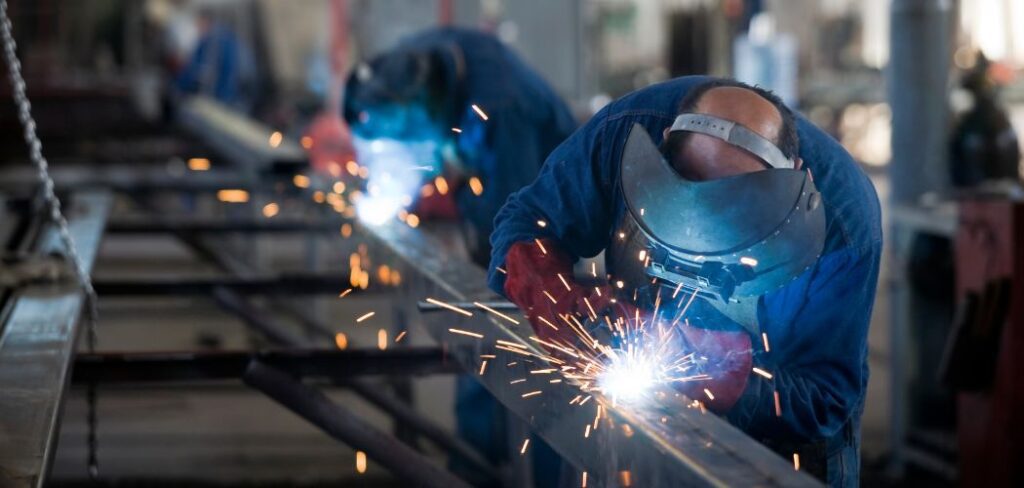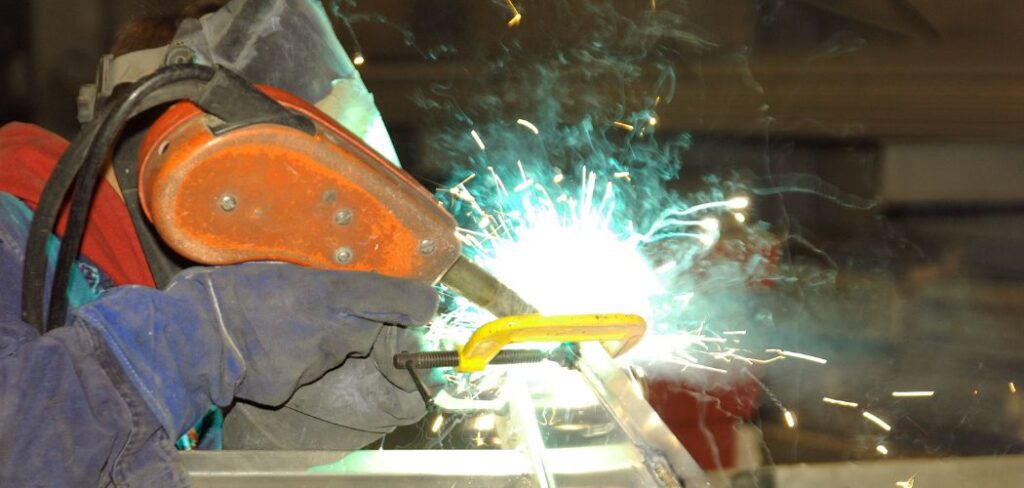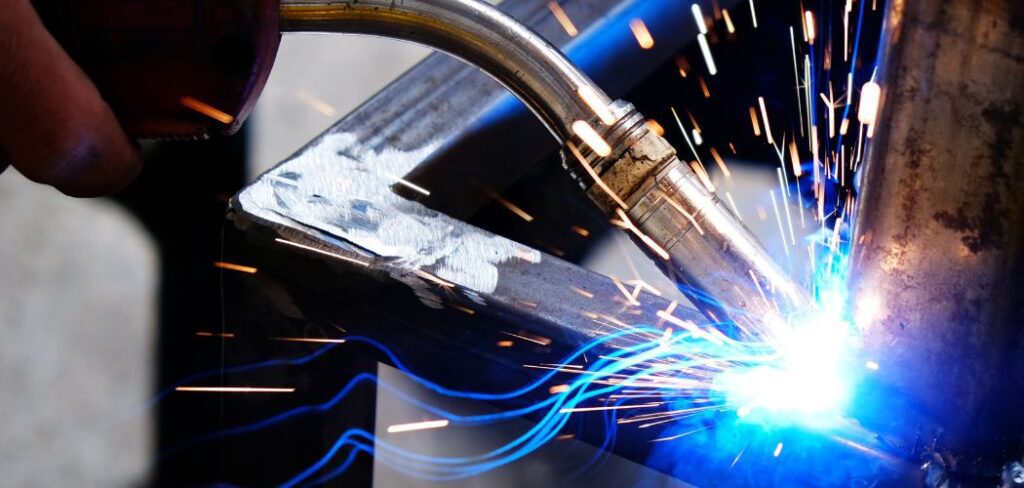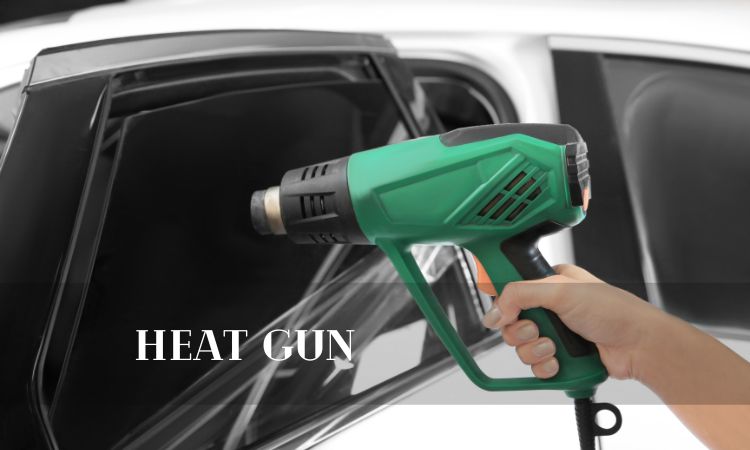Aluminum Spool gun Welding Tips
Are you looking to take your aluminum welding projects to the next level? If so, then an aluminum spool gun is a great tool for achieving professional-quality welds. In this blog article, we’ll provide some tips and tricks on how to get the most out of your aluminum spool gun.
We’ll cover topics such as maximizing efficiency when welding with an aluminum spool gun, what you need to know before starting your project, troubleshooting common issues when using an aluminum spool gun, and unlocking the secrets of professional-quality aluminum welds with a spool gun.
Aluminum spool gun welding is a great way to join two pieces of aluminum together. It’s relatively easy to do and can be done with minimal equipment. However, there are some tips that you should keep in mind when attempting this type of welding.
First, it’s important to make sure that the aluminum pieces you are joining have been properly prepared before beginning the welding process. This means cleaning them thoroughly and removing any oxide or other contaminants from their surfaces using an abrasive material such as sandpaper or steel wool.
Additionally, it’s important to use a wire brush on both sides of the joint area prior to starting your weld so that all debris has been removed from the area where you will be working.
Second, when selecting your spool gun for aluminum welding, make sure it is rated for use with aluminum materials specifically; otherwise, you may experience poor results due to incorrect settings or inadequate power output from your machine.

Additionally, check that all connections between your machine and its components (such as cables) are secure before beginning work; loose connections can cause arcing which could lead to serious injury if not addressed immediately!
Thirdly, ensure that your welder is set up correctly before starting work by checking its voltage setting against what is recommended by the manufacturer for optimal performance on aluminum materials – too low a voltage setting will result in weak welds while too high could damage both parts being joined together!
Finally, adjust any additional settings such as amperage according to instructions found within the user manual provided by the manufacturer – these adjustments help ensure proper heat transfer during the welding process which leads better quality finished product overall!
Fourthly practice makes perfect – take time out beforehand to familiarize yourself with how best to operate the welder including techniques like ‘tacking’ (whereby small beads are placed at intervals along the length joint). Doing so helps build the confidence levels needed to tackle larger projects down line without fear of making mistakes due to inexperience and lack of knowledge about particular tools/processes involved.
Finally, always wear appropriate safety gear when performing any kind of metalwork including but not limited to eye protection face shield gloves, etc… These items protect against potential hazards associated with hot metal sparks flying around the workshop environment during the operation of the machinery itself!
By following these tips carefully every time you attempt an aluminum spool gun weld job, you’ll soon become proficient enough to create strong durable joints quickly and easily.
How to Achieve Perfect Welds with an Aluminum Spool Gun

Welding aluminum can be a tricky task, but with the right tools and techniques, it can be done perfectly. One of the most important pieces of equipment for achieving perfect welding is an aluminum spool gun. This specialized welding tool helps to reduce wire feed problems associated with conventional MIG welding guns when working on thin materials such as aluminum or stainless steel.
Using an aluminum spool gun is relatively simple, but there are some key steps that must be followed in order to achieve perfect welding every time.
Firstly, make sure you have the correct type of shielding gas for your particular application – this will help ensure that your welds are free from contamination and porosity issues.
Secondly, set up your welder correctly by adjusting the voltage and wire speed settings according to the manufacturer’s instructions – this will help ensure consistent results each time you use it.
Finally, practice makes perfect! Spend some time practicing on scrap material before attempting any critical work so that you become familiar with how the machine works and what kind of results it produces under different conditions.
Once these steps have been completed successfully then all that remains is to get started! Make sure you take regular breaks during long sessions in order to avoid fatigue which could lead to poor quality welds due to operator error rather than machine malfunctioning or incorrect setup procedures being used initially.
Tips for Maximizing Efficiency When Welding with an Aluminum Spool Gun
Welding with an aluminum spool gun is a great way to maximize efficiency when welding aluminum. However, it does require some skill and practice in order to get the best results. Here are some tips for maximizing your efficiency when welding with an aluminum spool gun:
1. Make sure you have the right equipment – A good quality spool gun is essential for the successful welding of thin materials such as aluminum sheet metal or tubing. Investing in a high-quality model will ensure that you get consistent results every time you weld.
2. Use the correct wire size – The wrong size wire can cause poor feeding and result in inconsistent welds, so make sure that your wire diameter matches up with what’s specified by your machine manufacturer or material supplier before starting work on any project involving thin materials like aluminum sheet metal or tubing.
3. Set up correctly – When setting up for a job, take into account factors such as distance from the workpiece and travel speed of the torch head; these two elements should be adjusted according to how thick/thin your material is so that optimal penetration can be achieved without creating too much heat buildup which could lead to warping of thinner metals like aluminum alloys.
4. Use proper shielding gas – Shielding gases play an important role in preventing oxidation during welding processes; using incorrect mixtures may lead to porosity issues which can weaken joints over time. Therefore, always use mixtures recommended by manufacturers depending on the type of alloy being used (e.g. argon + helium mix).
Know Before Starting Your Aluminum Spool Gun Welding Project

Aluminum spool gun welding is a great way to join metal components together, but it’s important to understand the basics before you start your project. Here are some of the key things you need to know before beginning your aluminum spool gun welding project:
1. Choose Your Wire – The type of wire you use for aluminum spool gun welding will depend on what kind of weld joint and material thicknesses that you’re working with. Make sure that the wire diameter matches up with your application and always double-check its compatibility with any other materials or metals involved in the job.
2. Set Up Your Welder – Before starting, make sure that all settings on your welder are correct for an optimal weld bead appearance and strength; this includes adjusting voltage, amperage, travel speed, etc., as well as setting up any additional features such as pulse width modulation (PWM).
3. Prepare Your Work Area – Ensure that everything is clean and free from debris or contaminants prior to starting work; this includes cleaning off surfaces where joints will be made so they can be properly inspected after completion of each weld pass if necessary.
Additionally, check for adequate ventilation in order to avoid fumes buildup during operation which could lead to health risks over time due to exposure to inhalation hazards associated with welding fumes/gases released during the operation process itself.
4. Wear Appropriate Safety Gear – Always wear safety glasses when operating a welder along with protective clothing such as leather gloves/aprons/boots etc., depending upon specific requirements related particular job being undertaken at a given moment in time (e.g high heat applications may require more protection than lower temperature ones).
Troubleshooting Common Issues When Using an Aluminum Spool Gun

Troubleshooting common issues when using an aluminum spool gun can be a daunting task. However, with the right knowledge and tools, it’s possible to quickly identify and resolve any problems that arise while welding with this type of equipment. The most common issue encountered is poor wire feeding due to improper setup or worn parts. To ensure optimal performance, check the tension on your drive rollers regularly as well as inspect for any signs of wear or damage. Additionally, make sure you are using the correct size contact tip for your application and that all connections are secure before beginning work.
Another frequent problem is inadequate heat input from the torch resulting in weak welds or porosity in your weld beads. This can often be attributed to incorrect settings on either your power source or gas flow regulator so double-check these before troubleshooting further. If everything appears correct but you’re still having difficulty achieving adequate heat input then consider replacing both tips and nozzles as they may have become clogged over time from use with different materials types such as steel versus aluminum spools of wire feedstock material used in MIG welding applications.
Unlock the Secrets of Professional-Quality Aluminium Welds with a Spool Gun

Unlock the secrets of professional-quality aluminum welds with a spool gun. This welding tool is designed to make it easier for you to create strong and reliable welds on aluminum surfaces. It works by using an electric current that passes through a wire, which melts the metal together and creates a bond between two pieces of metal. With its lightweight design and easy-to-use features, this welding tool can help you get the job done quickly and efficiently.
The spool gun has several advantages over other types of welding tools when it comes to working with aluminum materials. Firstly, it provides more control over your welds as well as better penetration into thin sheets or tubes due to its smaller diameter wire size compared to traditional MIG guns.
Secondly, because there is no need for shielding gas like in MIG welding processes, there are fewer fumes produced during use making it safer for both yourself and those around you while also reducing costs associated with purchasing additional equipment such as tanks or regulators needed for MIG systems.



